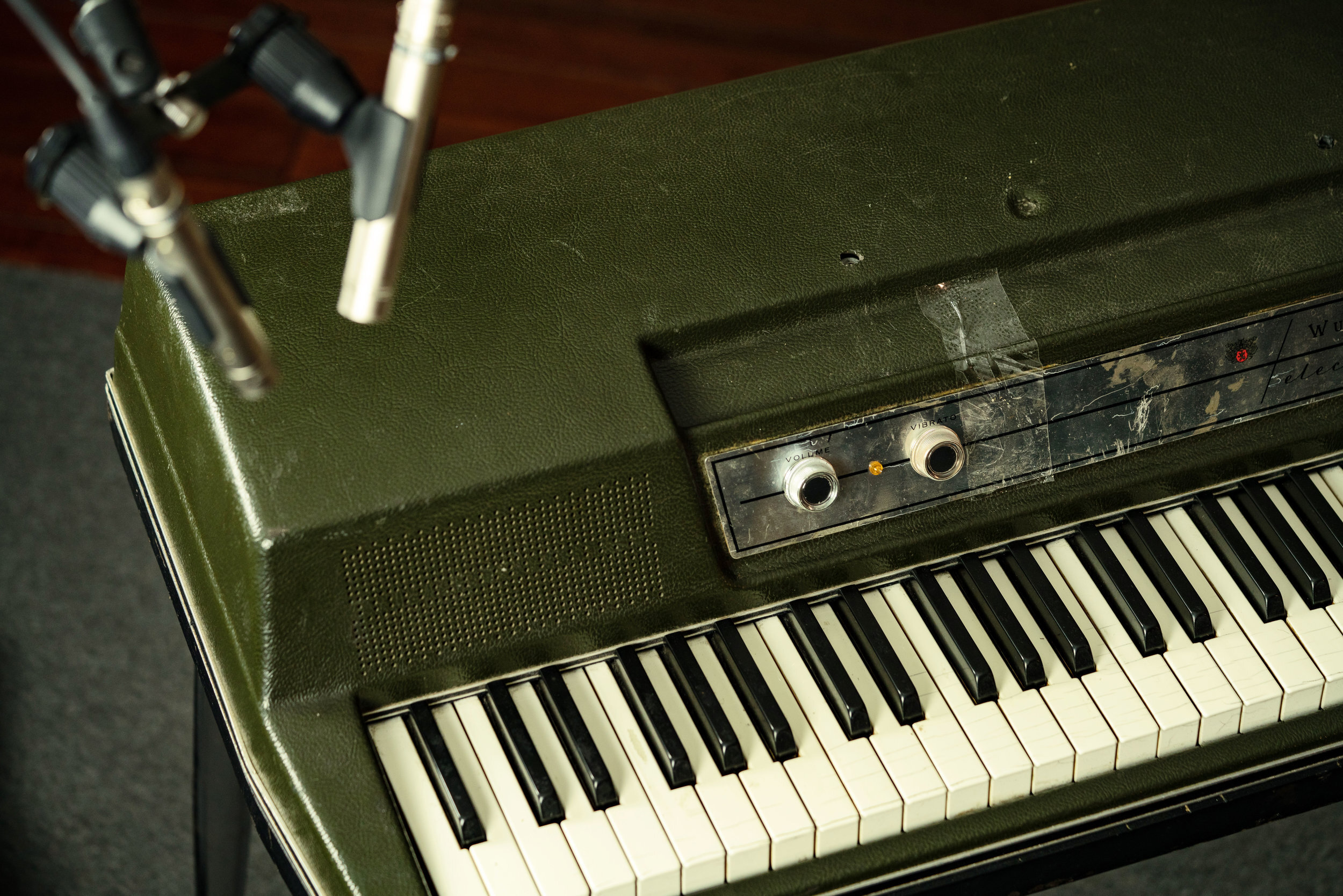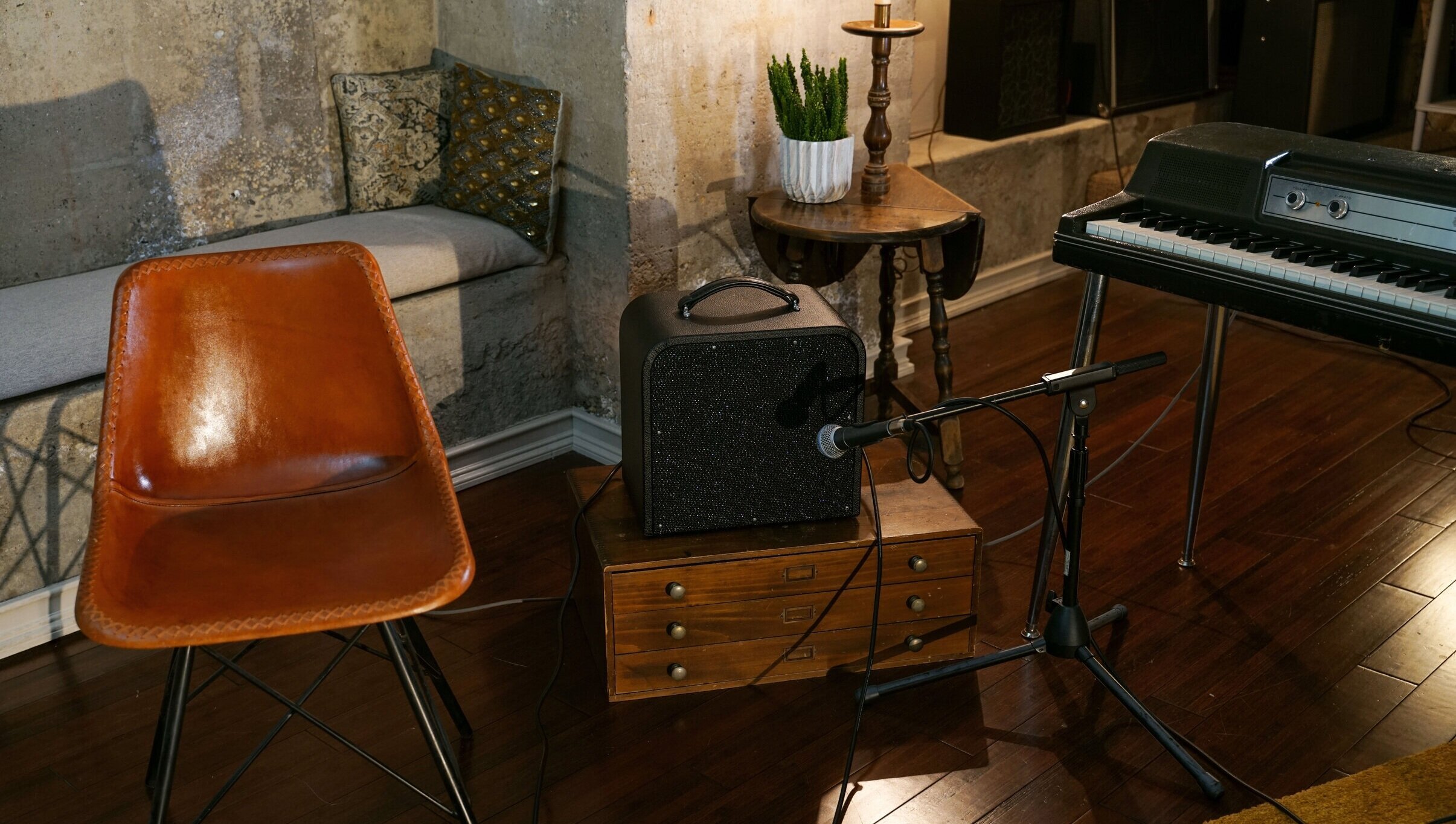Single Track Recording and A Boy From Tupelo
Before multi-track recording and overdubbing were available to recording studios, there were tape recorders that recorded only one track. These early tape recorders could be coupled with a mixing consoles which could sum together multiple microphones. These recording limitations were the norm in the early 1950s. At this time musical groups rehearsed their songs and recorded as many takes as it took to get the best version of their song recorded. The best take was selected and released. At Sun Records in Memphis Tennessee, this was the way things were recorded. By 1954, Sam Phillips, founder of Sun Records, had upgraded his recording setup. Using an Ampex 350 as the tape recorder, and an RCA 76-D Radio Console as the mixer, Elvis recorded some of his earliest work.
A Boy From Tupelo is a complete compilation of Elvis Presley’s recordings between 1953-1955. This three disc set, remastered by RCA/Legacy and made available in 2017 provides a window into this early recording process with stunning clarity. The compilation takes you through the early acetate recordings (before Sun Records acquired their Ampex 350 and was using a Presto portable mixer and recorder) with four tracks. In 1953 Sam Philips doubted the somewhat new tape technology and was still recording to Acetate.
By track five on the compilation, the tracks are called “Sun Masters” and the sound quality noticeably improves. By this point Sam Phillips had the Ampex 350 in the studio would be responsible for the remainder of the recordings on disc one and two. Disc three consists of Live and Radio Recordings.
My favorite aspect of the recording are the ‘Outtakes’ covered on disc two. These aborted takes underscore the way recording sessions went at the time. If a take didn’t start off well, there was no use in finishing it and wasting tape. Without the help of overdubbing or isolated multi tracking the take had to be performed well all around by everyone participating.
The previously unreleased outtakes provide an average of 15 minutes of very listenable audio to a song that would normally yielded two and half minutes. The result is a lengthy but extremely enjoyable play through album. The listener becomes a fly on the wall of what could be some of the most meaningful recording sessions in both recording and rock and roll history.
Throughout the compilation we can hear evidence of Elvis’ growth as a confident musician. The early recordings can easily be perceived as somewhat reserved with a softer delivery, such as Harbor Lights. Meanwhile the 1955 recording of ‘That’s All Right’ is a crystal clear glimpse at the Elvis that we know well from his later recordings in the late 50s and early 60s. This becomes apparent in disc three as we hear recordings of a confident Elvis Presley performing for radio stations and concert venues.
‘A Boy From Tupelo’ is a valuable snapshot of recording technology just during a major technological turning point. And it just so happens that Elvis Presley was there to provide the lens through which we get to view it.
Further Reading
Browse all of our articles on restoring vintage gear. Or, click on an image below.




